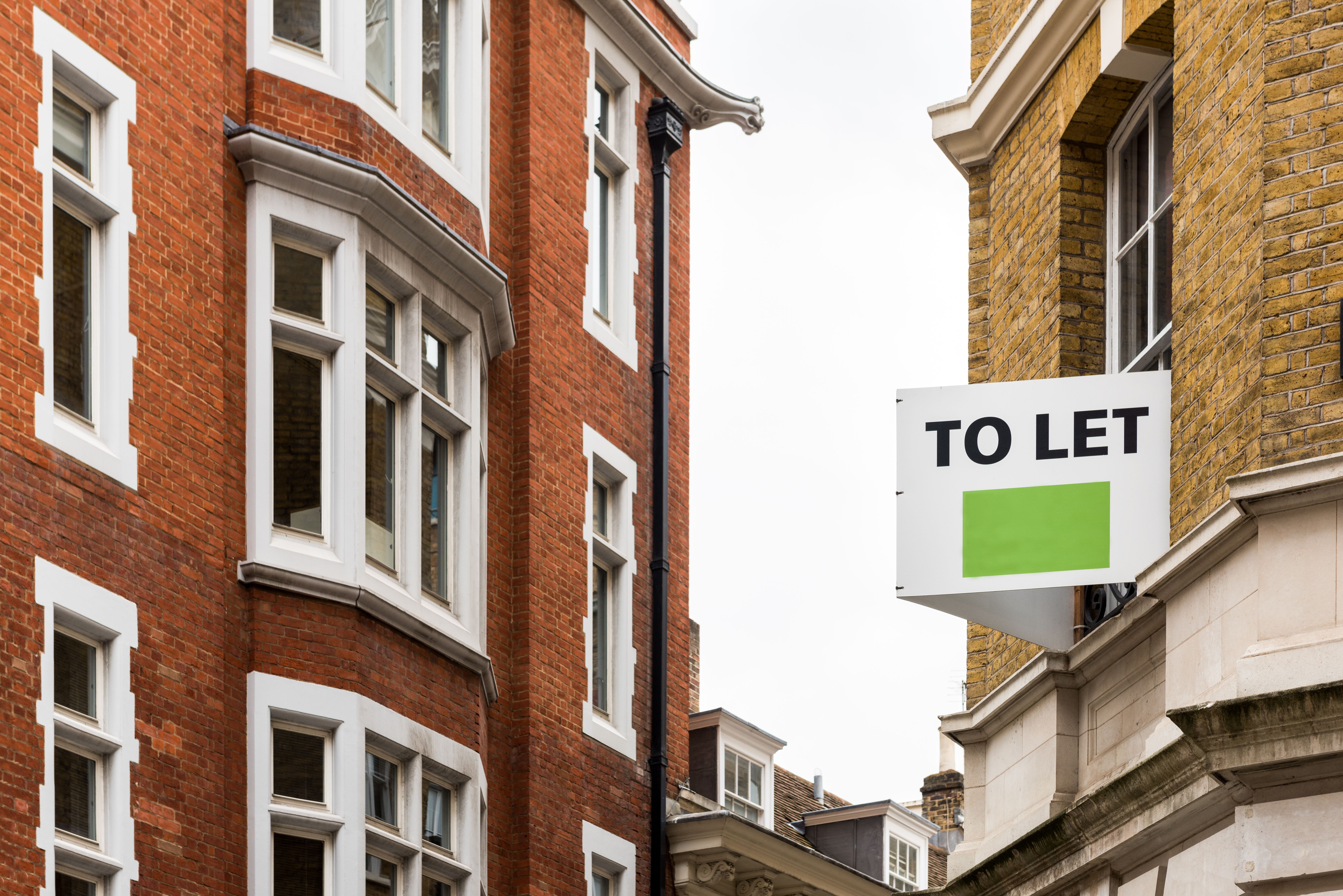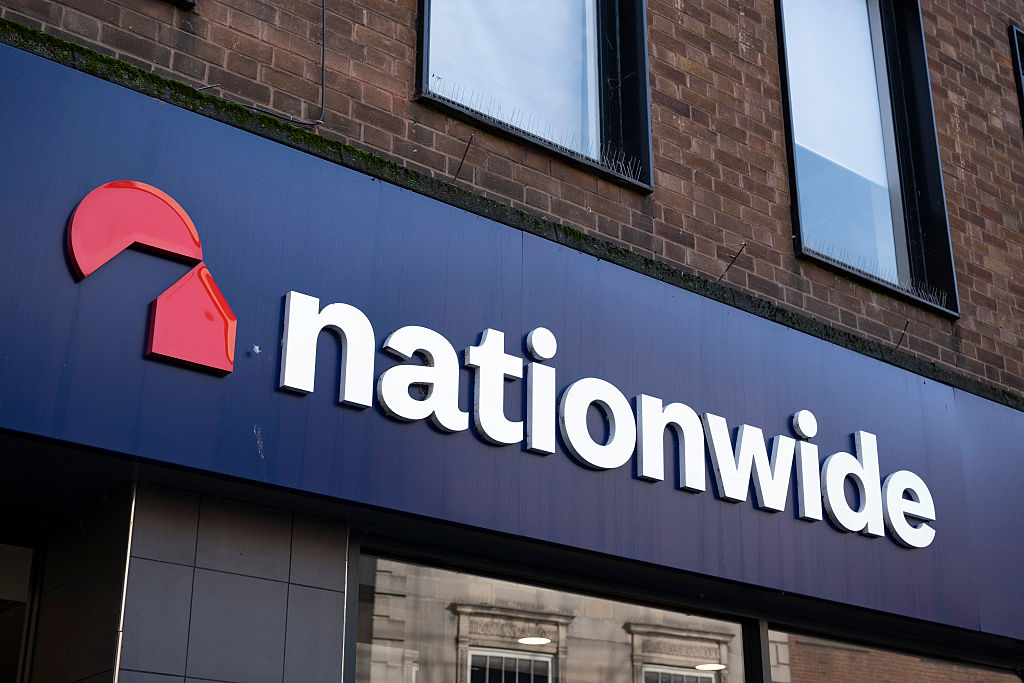How much stamp duty do you pay on buy-to-let properties?
Stamp duty is an important cost to consider when buying property. We explain what rates landlords can expect to pay when purchasing a buy-to-let.

Stamp duty, also known as stamp duty land tax (SDLT), is applied to purchasing of properties throughout the UK, but the rates may differ depending on where you live. The level also changes depending on the use of the property.
For a buy-to-let, landlords will pay a surcharge with differing rates according to where the property is and its value.
How much is stamp duty on a buy-to-let property?
There are different property tax rules and rates in different parts of the UK.
MoneyWeek
Subscribe to MoneyWeek today and get your first six magazine issues absolutely FREE

Sign up to Money Morning
Don't miss the latest investment and personal finances news, market analysis, plus money-saving tips with our free twice-daily newsletter
Don't miss the latest investment and personal finances news, market analysis, plus money-saving tips with our free twice-daily newsletter
How much stamp duty do you pay on a buy-to-let in England and Northern Ireland?
Stamp duty on a buy-to-let property will be higher in England and Northern Ireland if you already own a home as you’ll need to pay a surcharge known as the 'Higher Rates on Additional Dwellings'.
You will pay 5% above the standard stamp duty rate, though you won't pay the extra 5% if you only own one property. The surcharge was first introduced in 2016 at the level of 3% and was increased to 5% in October 2024 by Chancellor Rachel Reeves.
The standard rates, until 31 March 2025, are 0% on up to £250,000, 5% on £250,001 - £925,000, 10% for £925,001-£1.5 million and 12% over £1.5 million.
While standard stamp duty is tiered, the surcharge is applied to the whole purchase price of the property.
As an example, if you are buying a second home with a purchase price of £300,000, the 5% stamp duty surcharge would be £15,000, charged on top of the £2,500 standard stamp duty bill on a home of this value, bringing the total tax charge to £17,500.
Temporary increases to the stamp duty thresholds will end on March 31, 2025. The bands will change to those outlined in the table below. You will still pay 5% above the standard rates if the purchase means you own more than one property.
| Property or lease premium or transfer value | Stamp duty rate |
|---|---|
| Up to £125,000 | 0% |
| The portion from £125,001 to £250,000 | 2% |
| The portion from £250,001 to £925,000 | 5% |
| The portion from £925,001 to £1.5 million | 10% |
| The portion above £1.5 million | 12% |
How much stamp duty do you pay on a buy-to-let in Wales?
In Wales, stamp duty was replaced by land transaction tax (LTT) in 2018. If you are buying a property and you already own one or more residential properties, then you must pay the higher rate of LTT.
If the property costs up to £180,000 landlords will pay 5%, for over £180,000 and up to £250,000 it’s 8.5%.
Over £250,000 up to £400,000 it’s 10%, over £400,00 to £750,000 is 12.5%, over £750,00 up to £1.5 million the rate is 15%, and for anything over £1.5 million landlords must pay 17%.
How much is stamp duty on a buy-to-let in Scotland?
Land and buildings transaction tax (LBTT) replaced the UK stamp duty in Scotland from April 2015 and is charged on properties worth more than £145,000.
The portion between £145,001 and £250,000 is taxed at 2%, between £250,001 and £325,000 is taxed at 5%, the portion between £325,001 and £750,000 is charged at 10% and anything over that is taxed at 12%.
For landlords, Scotland has its own surcharge called an additional dwelling supplement (ADS), which is charged on top of LBTT when a buy-to-let (or second) property is purchased.
In Scotland, ADS adds an extra 6% on top of standard LBTT rates.
Can I claim back stamp duty on buy-to-let property?
If the property remains a buy-to-let then the stamp duty is due and you are not eligible for a refund.
If you sell your main residence or second home within three years of buying the buy-to-let home, and now reside in that buy-to-let property, you could be eligible for a stamp duty refund of the surcharge you paid.
You can get help on this from an accountant.
Are any properties exempt from buy-to-let surcharges?
If you inherit or are gifted a buy-to-let property then stamp duty doesn’t apply.
Surcharges are charged on all buy-to-let property purchases, though no stamp duty is payable on caravans, houseboats or mobile homes.
Do first-time buyers have to pay additional stamp duty for a buy-to-let?
As long as you've never owned a property before and are purchasing a buy-to-let home, you won't have to pay the buy-to-let stamp duty rates. Instead you will pay standard home buyer rates.
However, since you’re purchasing a buy-to-let, you won't qualify for first-time buyer stamp duty relief, which only applies if you intend to live in the property. This relief means first-time buyers pay no stamp duty on property purchases up to £425,000 – though this expires on 31 March, 2025.
When do you need to pay stamp duty?
HMRC rules for England and Northern Ireland state that stamp duty must be paid within 14 days of your property or land purchase to avoid any extra charges.
In Wales you pay the Welsh Revenue Authority within 30 days of the completion of the purchase. And in Scotland you have 30 days after buying your property to submit a Land and Buildings Transaction Tax return and pay any tax due.
Usually buyers – in any region – will pay the money to a conveyancing solicitor in advance of the completion date who will take care of the payment to the relevant body. There will be penalties for paying late.
How do landlords pay the additional stamp duty on a buy-to-let?
The additional tax is added to the list of amounts you need to cover – including the remainder of any deposit and legal fees – that you’ll pay to your conveyancing solicitor ready for completion.
Is the cost of stamp duty rising?
In April, the standard cost of stamp duty will increase, as the basic thresholds at which home buyers in England and Northern Ireland start paying stamp duty will revert to the levels set before temporary changes were made in 2022. This will increase stamp duty bills further for many.
From 1 April, stamp duty will apply from £125,000 instead of £250,000 as is the case today.
First-time buyer relief will also expire which means the threshold from when stamp duty kicks in will be reduced. From April, stamp duty will be payable from £300,000 for first-time buyers buying a home worth £500,000 or less – down from £425,000.
Do limited companies pay stamp duty on buy-to-let?
There are no stamp duty exemptions for those purchasing a buy-to-let property via a limited company. The buy-to-let surcharge still applies.
Is stamp duty an allowable expense?
You cannot deduct stamp duty when filing a self-assessment tax return to declare rental income. But as a property investor, you can deduct the costs of buying from your capital gains tax when you come to sell.
Stamp duty can be deducted from any house price growth you make when you sell the property when calculating the overall gain, as well as estate agent costs and legal fees.
You may want to enlist the help of an accountant to help maximise tax allowances available to landlords.
Can a mortgage help cover stamp duty costs?
It is possible to add stamp duty to your mortgage, though this may vary between lenders.
If you take this route, it's important to understand that this will incur interest over the duration of the mortgage term and end up costing far more than the original tax bill.
It will also affect your loan-to-value ratio (LTV) which could mean you end up paying higher interest rates for your entire mortgage, as broadly, the higher your LTV the higher the mortgage rate you pay.
For example, if adding the stamp duty bill takes you from an 75% to a 80% LTV, for example, you could end up with a more expensive mortgage.
Get the latest financial news, insights and expert analysis from our award-winning MoneyWeek team, to help you understand what really matters when it comes to your finances.
Holly Thomas is a freelance financial journalist covering personal finance and investments.
She has written for a number of papers, including The Times, The Sunday Times and the Daily Mail.
Previously she worked as deputy personal finance editor at The Sunday Times, Money Editor at the Daily/Sunday Express and also at Financial Times Business.
She has won Investment Freelance Journalist of the Year at the Aegon Asset Management Media Awards in November 2021.
-
 Football fans issued warning over ticket scams ahead of 2026 World Cup
Football fans issued warning over ticket scams ahead of 2026 World CupSantander customers lost more to football scams in the first six months of 2025 compared to the same period in 2024, when total losses surged due to the Euros
-
 Nationwide fined £44 million over “inadequate” anti-money laundering systems
Nationwide fined £44 million over “inadequate” anti-money laundering systemsFailings in Nationwide’s financial crime processes between October 2016 to July 2021 meant one criminal was able to deposit £26 million from fraudulent Covid furlough payments in just eight days.